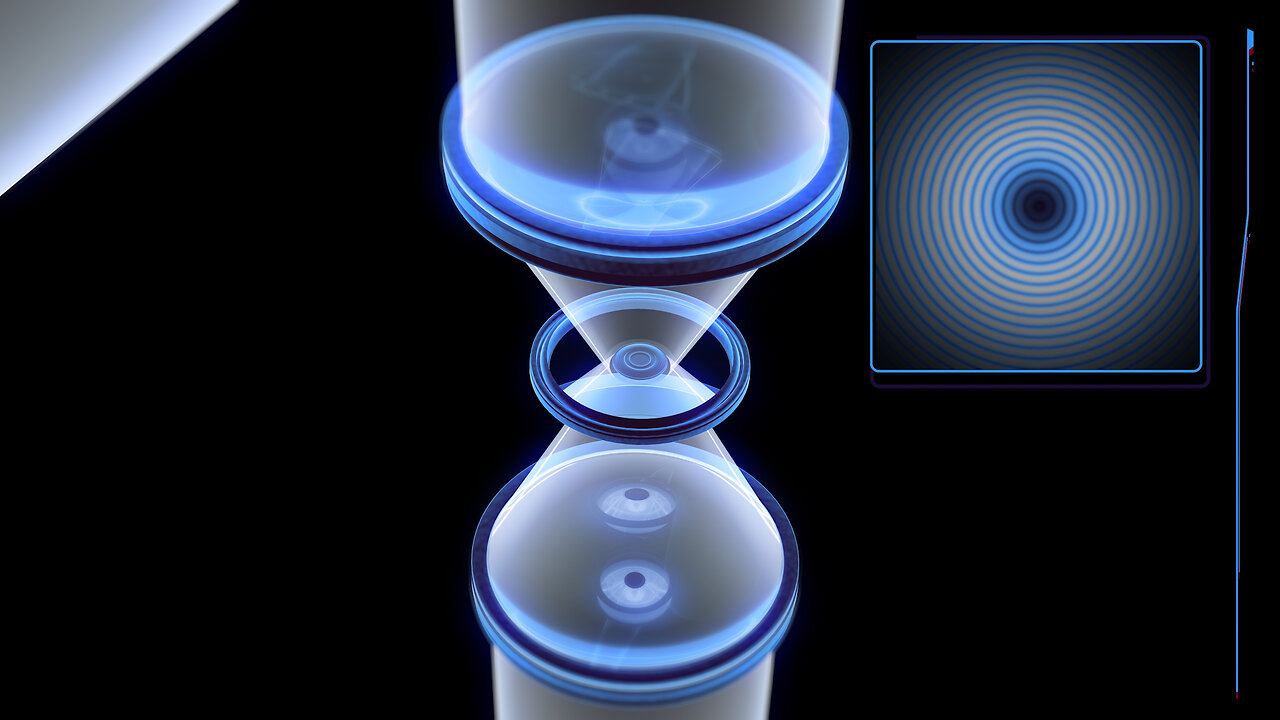Premium Only Content

The Nancy Grace Roman Space Telescope's Coronagraph Instrument
When a new NASA space telescope opens its eyes in the mid 2020s, it will peer at the universe through some of the most sophisticated sunglasses ever designed.
This multi-layered technology, the coronagraph instrument, might more rightly be called “starglasses”: a system of masks, prisms, detectors and even self-flexing mirrors built to block out the glare from distant stars — and reveal the planets in orbit around them.
Normally, that glare is overwhelming, blotting out any chance of seeing orbiting planets. The star’s photons — particles of light — swamp those from the planet when they hit the telescope.
The Nancy Grace Roman Space Telescope’s coronagraph just completed a major milestone: a preliminary design review by NASA. The instrument has met all design, schedule and budget requirements, and can now proceed to the next phase, building hardware for flight.
The Roman mission’s coronagraph is meant to demonstrate the power of increasingly advanced technology. As it captures light directly from large, gaseous exoplanets, and from disks of dust and gas surrounding other stars, it will point the way to the future: single pixel “images” of rocky planets the size of Earth. Then the light can be spread into a rainbow spectrum, revealing which gases are present in the planet’s atmosphere — perhaps oxygen, methane, carbon dioxide, and maybe even signs of life.
The two flexible mirrors inside the coronagraph are key components. As light that has traveled tens of light-years from an exoplanet enters the telescope, thousands of actuators move like pistons, changing the shape of the mirrors in real time. The flexing of these “deformable mirrors” compensates for tiny flaws and changes in the telescope’s optics.
Changes on the mirrors’ surfaces are so precise they can compensate for errors smaller than the width of a strand of DNA.
These mirrors, in tandem with high-tech “masks,” another major advance, squelch the star’s diffraction as well – the bending of light waves around the edges of light-blocking elements inside the coronagraph.
The result: blinding starlight is sharply dimmed, and faintly glowing, previously hidden planets appear.
The star-dimming technology also could bring the clearest-ever images of distant star systems’ formative years — when they are still swaddled in disks of dust and gas as infant planets take shape inside.
The instrument’s deformable mirrors and other advanced technology — known as “active wavefront control” — should mean a leap of 100 to 1,000 times the capability of previous coronagraphs.
-
 LIVE
LIVE
LFA TV
20 hours agoLFA TV ALL DAY STREAM - FRIDAY 8/1/25
1,256 watching -
 9:24
9:24
Faith Frontline
3 hours agoJordan Peterson CAUGHT OFF GUARD by George Janko’s Jesus Question
241 -
 1:18:23
1:18:23
vivafrei
3 hours agoGhislaine Quiety Moved to Texas Facility? Tish Sues Trump Over Trans E.O. Canada Madness & MORE!
70K47 -
 LIVE
LIVE
Akademiks
6 hours agoShannon Sharpe FIRED. KSOO Found Guilty! Gilbert Arenas ARRESTED! NBA Youngboy 14th kid OTW. 1/30
1,037 watching -
 2:09:16
2:09:16
Tucker Carlson
5 hours agoCandace Owens: Macron, Harvey Weinstein, and Why “Christ Is King” Totally Broke People’s Brains
100K224 -
 55:15
55:15
Michael Button
7 hours ago $0.43 earnedWhy Does This Ancient Symbol Appear Everywhere? - Archaic Lens Interview
3.63K1 -
 2:03:12
2:03:12
Side Scrollers Podcast
6 hours agoBlabs is Absolutely DISGUSTED By Nintendo | Side Scrollers Live
23.3K4 -
 10:40
10:40
MTNTOUGH Podcast w/ Dustin Diefenderfer
7 hours agoBack with the 75th Ranger Regiment: MTNTOUGH Dives Deeper into America's Elite
4.9K1 -
 1:07:23
1:07:23
SportsPicks
5 hours agoCrick's Corner: Episode 57
9.13K -
 59:32
59:32
Sean Unpaved
5 hours agoNasty Boy Unleashed: World Series Champ Rob Dibble Unloads on the MLB & Trade Deadline
33K